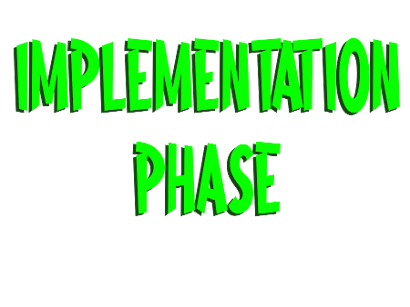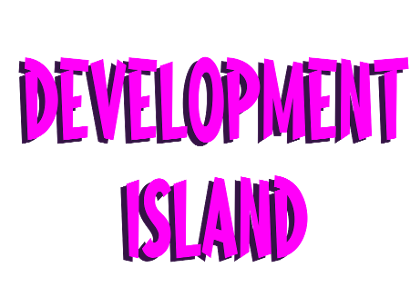The final phase in the ADDIE Model is the evaluation phase the evaluation phase of the ADDIE Model tells the instructor about the effectiveness of the instructional material. The evaluation phase provides feedback and can answer the following questions:
- Have learners obtained the knowledge and skills that are needed?
- Are our instructional goals effective for the requirements of the instructional program?
- Are our learners able to transfer their learning into the desired contextual setting?
- Do our lesson plans, instructional material, media, assessments, etc. meet learning needs?
- Does the implementation provide effective instruction and carry out the intended lesson plan, and instructional objectives?
- Do we need to make any changes to our design to improve the effectiveness and overall satisfaction with the instruction?
Key takeaways from the Implementation Chapter include:
- It is important to develop a knowledge base about what the process of evaluation entails
- Formative evaluation is the process of ongoing evaluation throughout the design process for the betterment of the design and procedure within each stage
- Formative evaluation utilizes data from media, instruction, and learners’ engagement to formulate a picture of learning from which the designer can make changes to the product before the final implementation
- To effectively conduct formative evaluation, instructional designers must consider a variety of data sources to create a full picture of the effectiveness of their design.
- Connoisseur-based evaluations provide instructional analyses, performance objectives, instruction, tests, and other assessments to verify objectives, instructional analysis context accuracy, material appropriateness, test item validity, and sequencing.
- When using decision-oriented evaluations, instructional designers must make choices within the program of study being developed that require reflective thought and consideration.
- The primary focus for objective-based evaluations is to examine the goals of a course of instruction and analyze the success of the learner’s performance.
- “Public relations evaluations should happen during the later stages of development because the presentation of underdeveloped programs may do more harm than good in the development process.
- The summative evaluations ask the question, “Did you solve the problem?”
- Summative evaluations can also be used to assess the effectiveness of learning, efficiency, and cost-effectiveness, and lastly attitudes and reactions to learning.
- The ongoing value of learning is the driving question behind confirmation evaluation
- The confirmative evaluation seeks to answer questions about the learner and the context for learning
- Design decisions, like the sequencing strategies used, and the instructional message, are once again areas to use formative assessment
- Validity learning and reliability- the evaluation measures, learning, and the evaluation is a consistent measure
- Four types of validity:
- Content Validity
- Construct Validity
- Concurrent Validity
- Predictive Validity
For my course, my goal is to teach educators how to use social media in the classroom. My instructional material includes information on the importance of social media in the classroom, which platforms cater to specific educational goals, and how to create an initial post. To evaluate the effectiveness of the instructional material, learners were tasked with responding to a discussion post as a formative assessment. This assessment allows the learner to focus on their personal goal as well as collaborate and obtain ideas and feedback from their peers. The task for the summative assessment is a project. The learner is asked to create an initial social media post that caters to both parents and students. The post has to include a graphic or video, text aligned with the graphic or video, a caption, and a standard hashtag to be used permanently throughout the course. The assessment also required learners to create an incentive for sharing the post. The learner can measure the effectiveness of their post by analyzing the post’s analytics through the social media app.
The link to my course is https://k12.instructure.com/enroll/B4BAAD.
Salama, C., Adnan, N., Davis, R. (2022). ADDIE Explained: Evaluation. http://www.oercommons.org/courses/addie-explained-an-open-educational-resource-for-the-educational-technology-community/view



